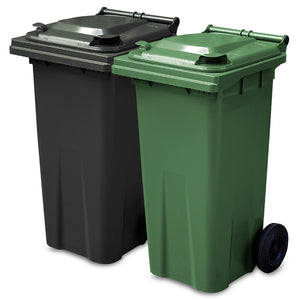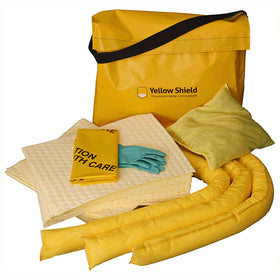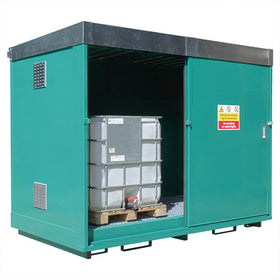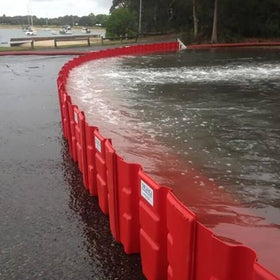New problems for BP as US get-tough
BP's problems in the Gulf of Mexico seem to be increasing, as the global company is coming under increasing pressure from the US government.
Interior Secretary Ken Salazar has said BP have not met
“deadline after deadline”
in their attempts to seal the leak and also stated that the US government would
“push them out of the way appropriately”
if it was found that they were not doing what they were supposed to be doing.
BP have agreed to pay in excess of the current £52 million liability limit for the clean-up operation as oil continues to spill from the broken riser pipe on the sea bed.
Meanwhile, the US government has sent a specialist team to BP’s headquarters in an attempt to find a way to stop the leak. At the moment it is thought that a method of injecting heavy drilling fluids into the ruptured pipe could be the best option, but with the pipe at a depth of 5,000ft, it is no easy task.
It is hoped a short term solution will be found in the coming days, as the oil is now threatening the coastline of Florida and Cuba.




